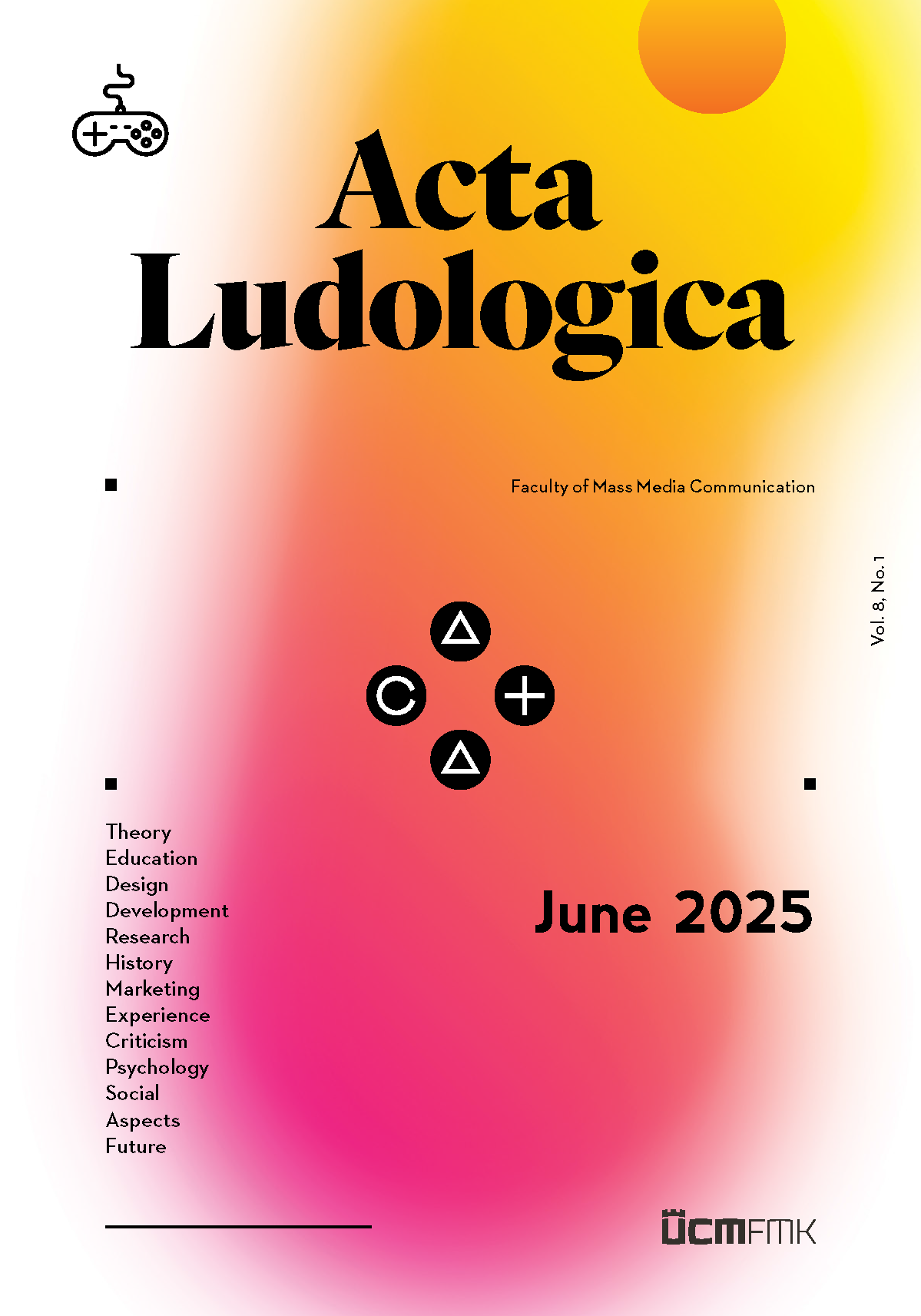Paul Cureton, Paul Coulton
ABSTRACT:
Urban planning has been simulated through various city-building games such as The Sumerian Game (1964), SimCity (1989), and Cities: Skylines (2015), amongst many others. Gaming technology has been utilized in 3D GIS, City Information Models (CIMs), and Urban Digital Twins (UDTs) to enhance public participation and engagement in the planning process. This article studies the overlap and ‘game-like’ qualities of these systems and presents an Urban Game Continuum. This interactive tool works in tandem with a taxonomy of city-building games and existing UDTs in order to assist with the design of future systems. A case study imported GeoData from Lancaster, UK, into a games platform. The continuum tool and case study offer new insights into opportunities for the utilisation of game design and gaming technology in urban planning and digital transformation. The article argues that the current use of gaming technology for real-world applications is one-directional and misses opportunities to include digital game design and research, such as mechanics, dynamics, flow, and public participatory world-building for future scenarios. By incorporating these elements, UDT systems could offer higher levels of citizen engagement.
KEY WORDS:
city-buiding games, digital games, future scenarios, urban digital twins, urban models.
DOI:
10.34135/actaludologica.2024-7-1.18-36

